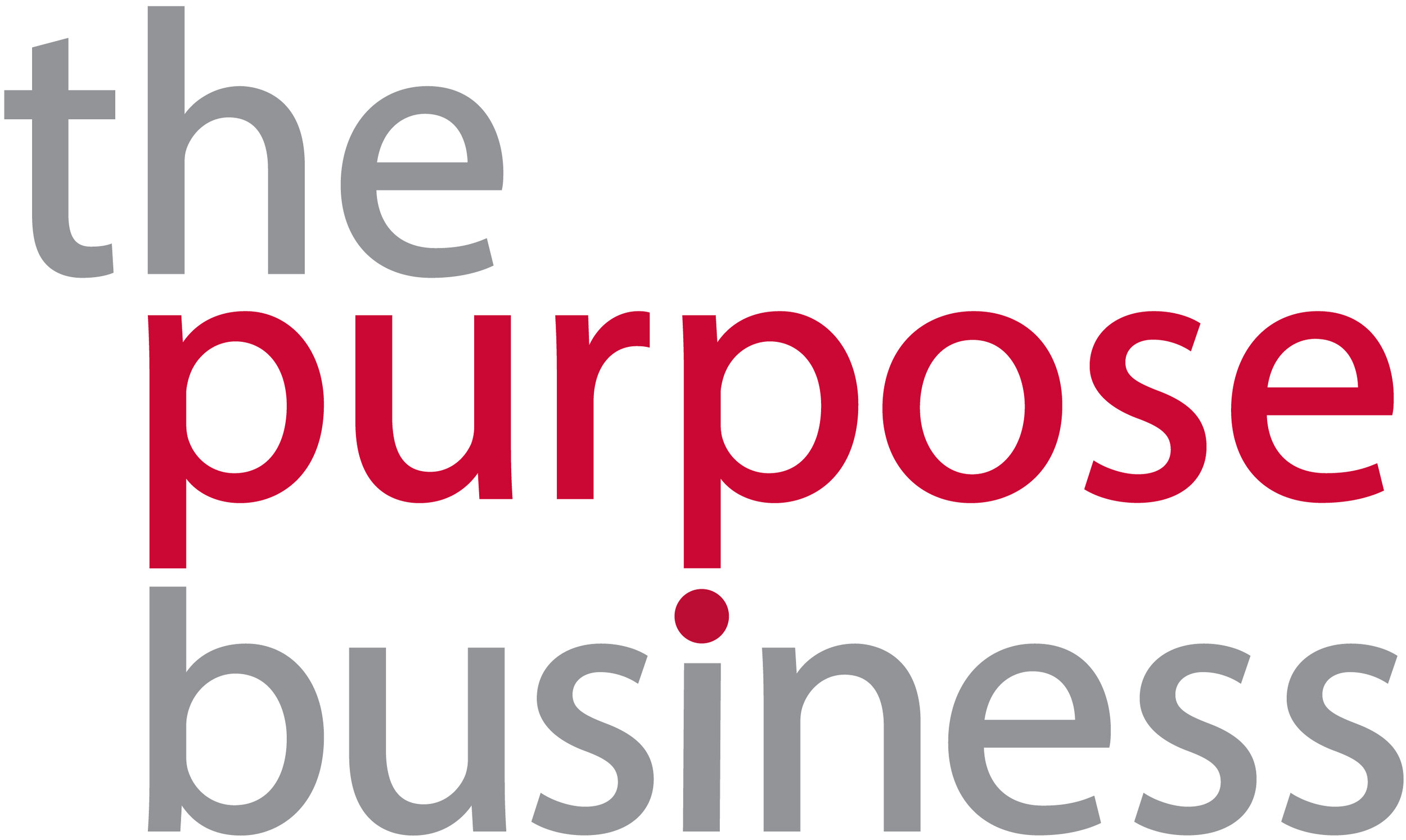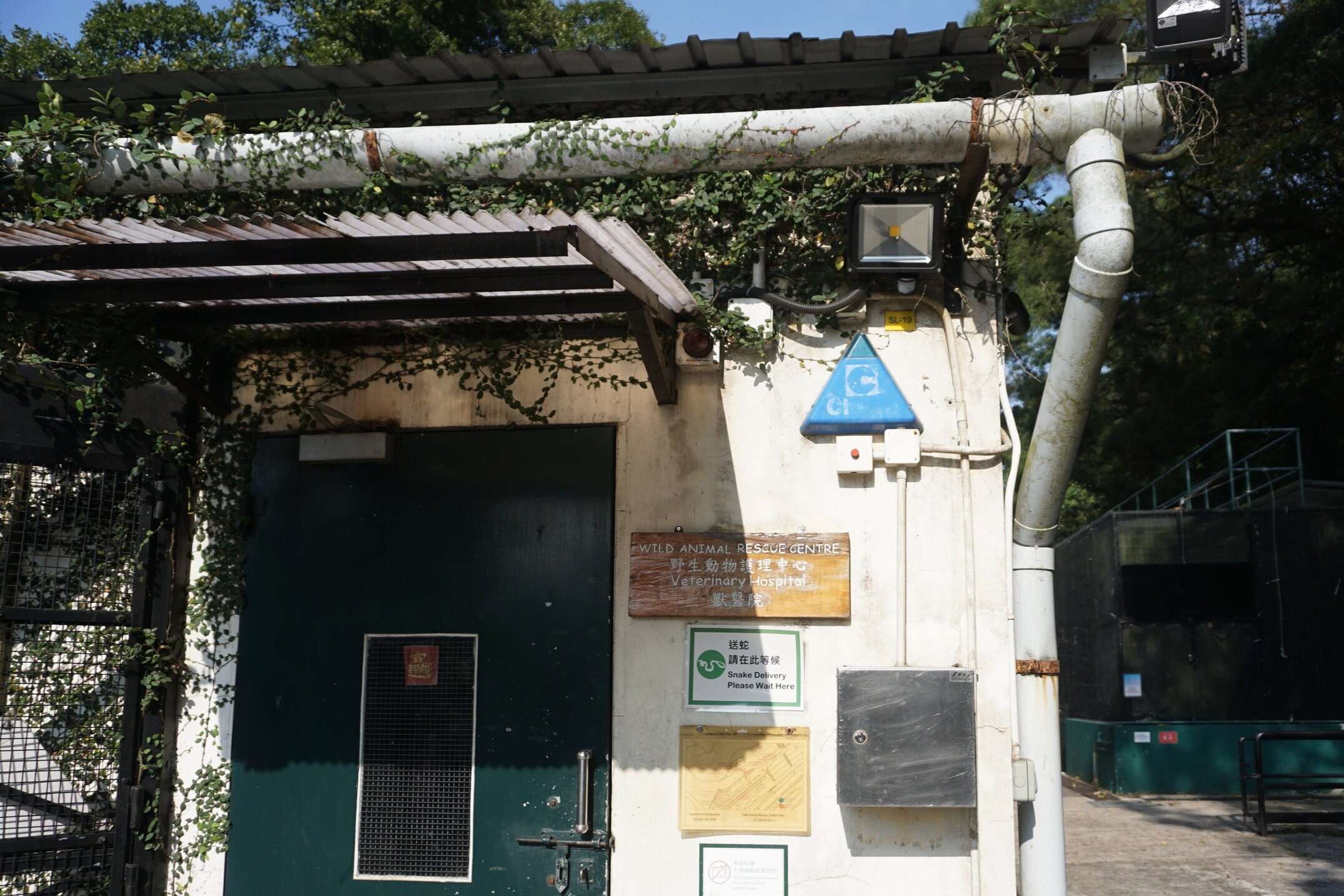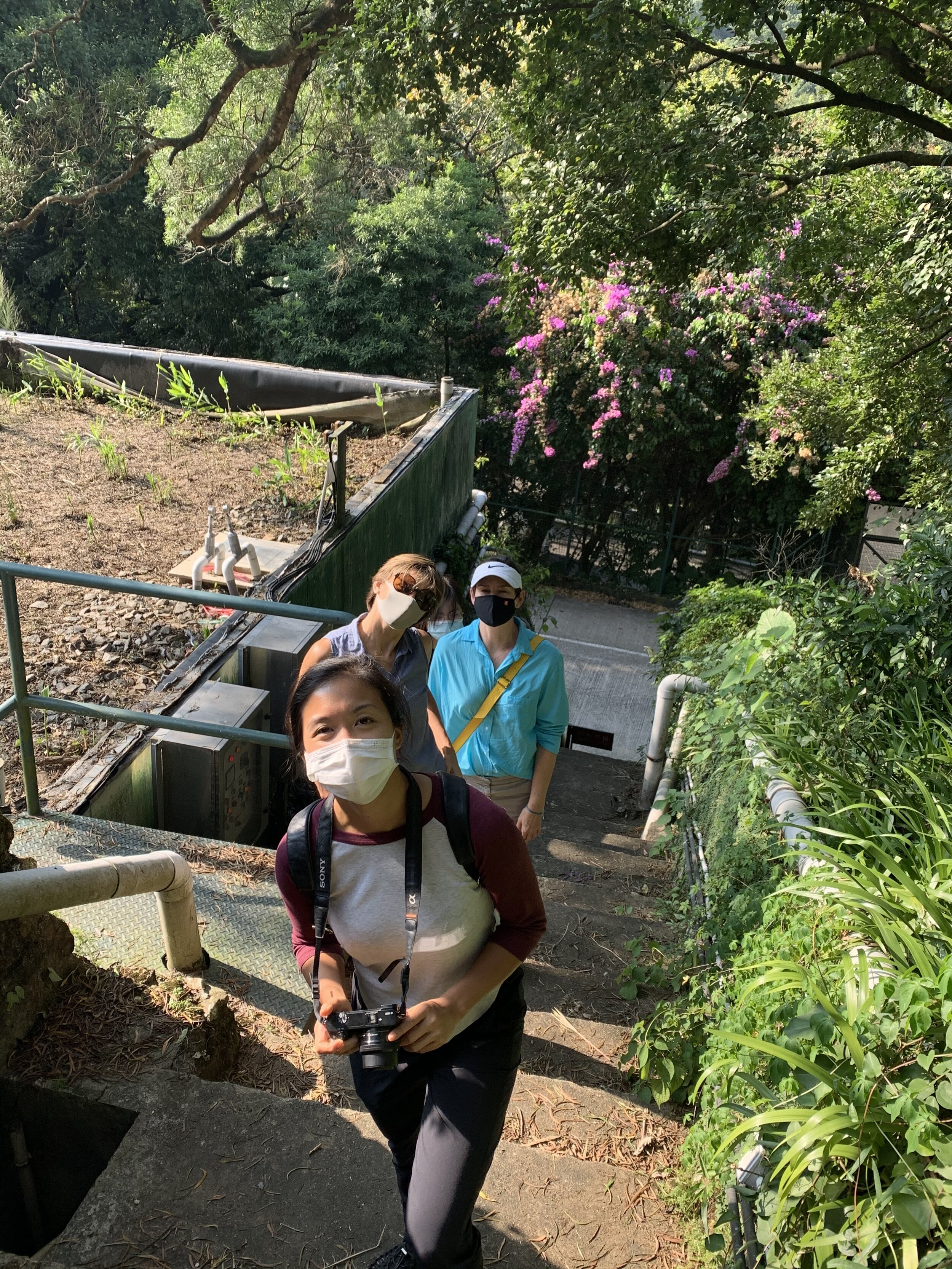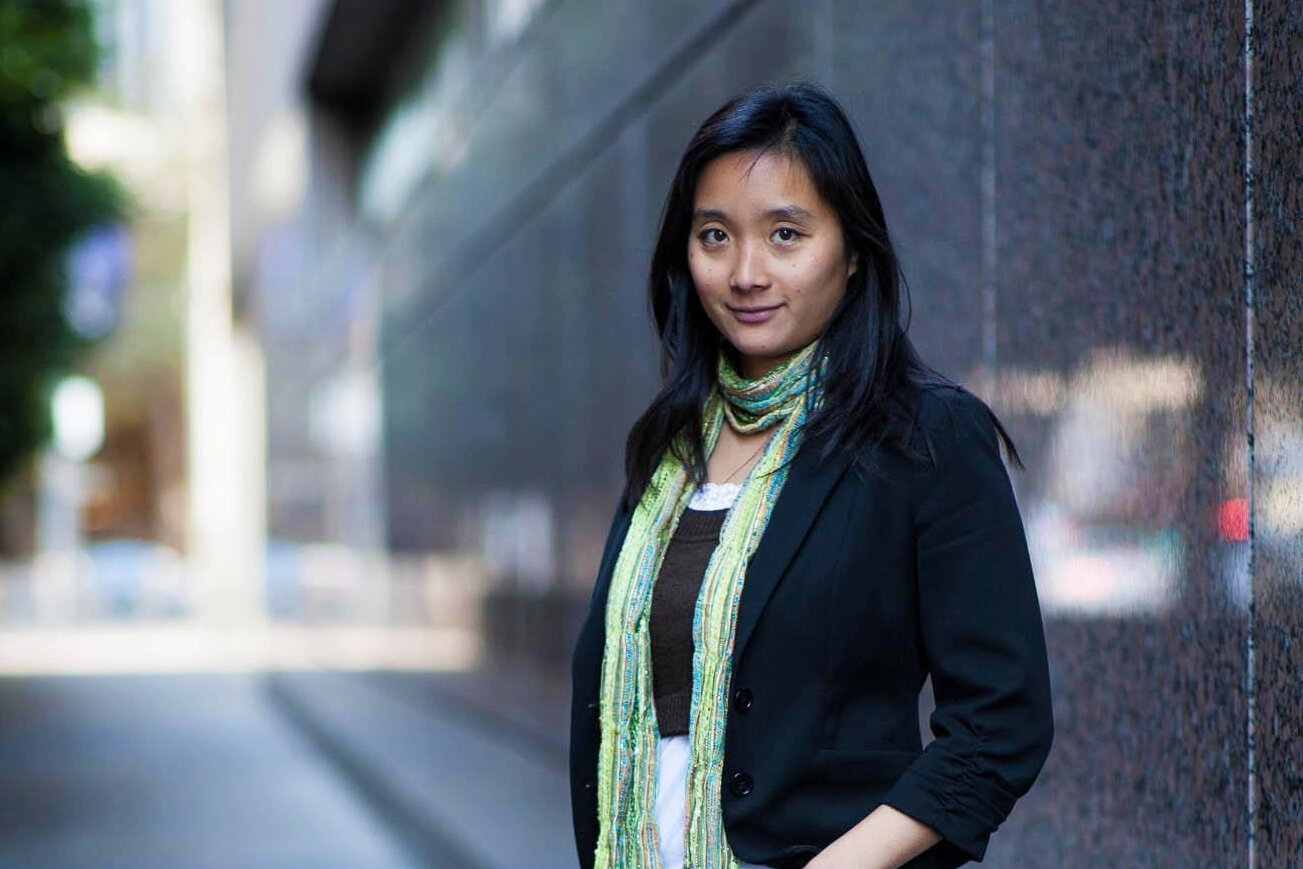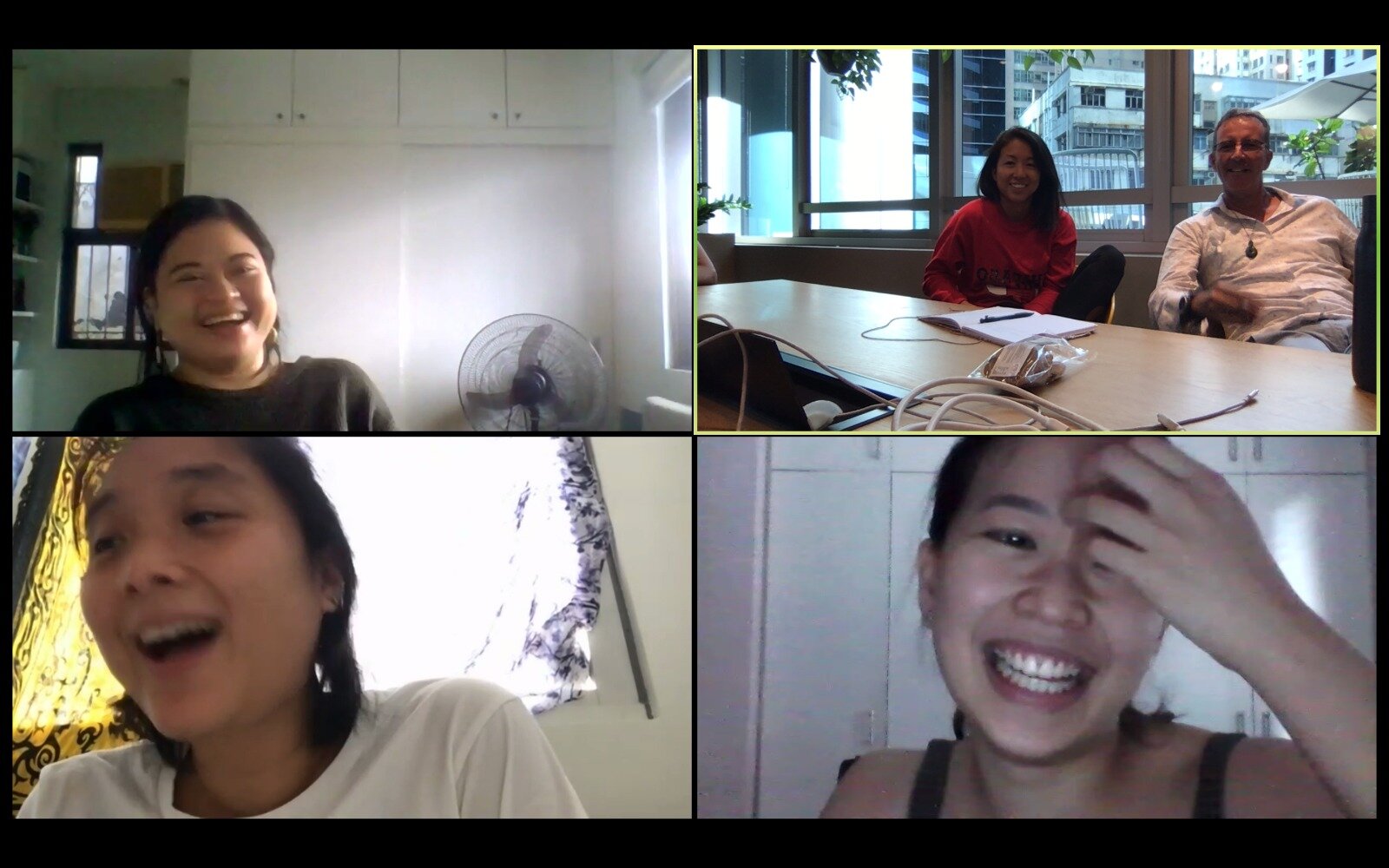Our story
This is The Purpose Business’ own responsible growth journey as changemakers of sustainable business in Asia.
On its launch in 2015, The Purpose Business comprised a team of six people in Hong Kong, founded with a vision to empower companies to become truly sustainable businesses. At the time, the market wasn't ready for purpose-driven strategies and the team was largely engaged in ESG reporting services that complied with regulatory requirements.
Over the last five years, however, companies increasingly realised that ESG was here to stay and that embedding purpose and sustainability into business operations was critical both for business transformation and staying relevant. With this, our network grew and after growing our team in Manila in 2016, our presence spread across Southeast Asia and beyond. Today, our network has blossomed into 26 talented advisors from all walks of life - from university professors to plant-based vegan chefs, former in-house corporate advisers to accountants and lawyers, together representing six nationalities. Throughout it all, our purpose has never changed: Namely that businesses in Asia can be a force for good, given a clearly articulated and activated purpose.
Now in our fifth year, we have clients in a growing number of sectors who understand that sustainability is a matter of building business resilience. This year in particular, we’ve seen an increase in wanting to improve performance around social (‘S’) issues, with a need to shift the way that people are engaged, empowered, recognised and valued. There has also been tremendous emphasis on having stronger voices from the top, where boards of directors take ownership of long-term issues such as employee welfare, diversity and inclusion, as well as overall ESG risk management.
